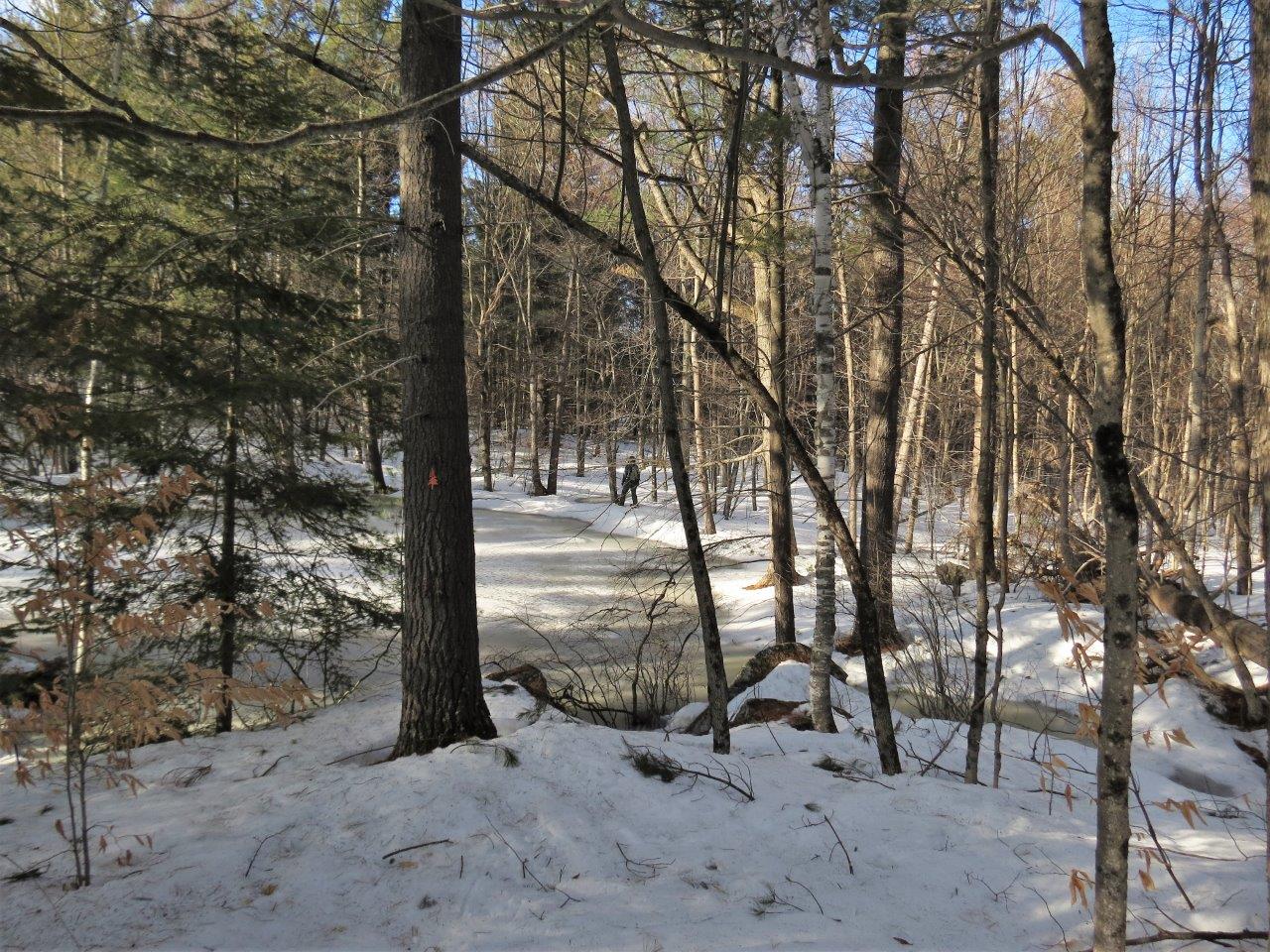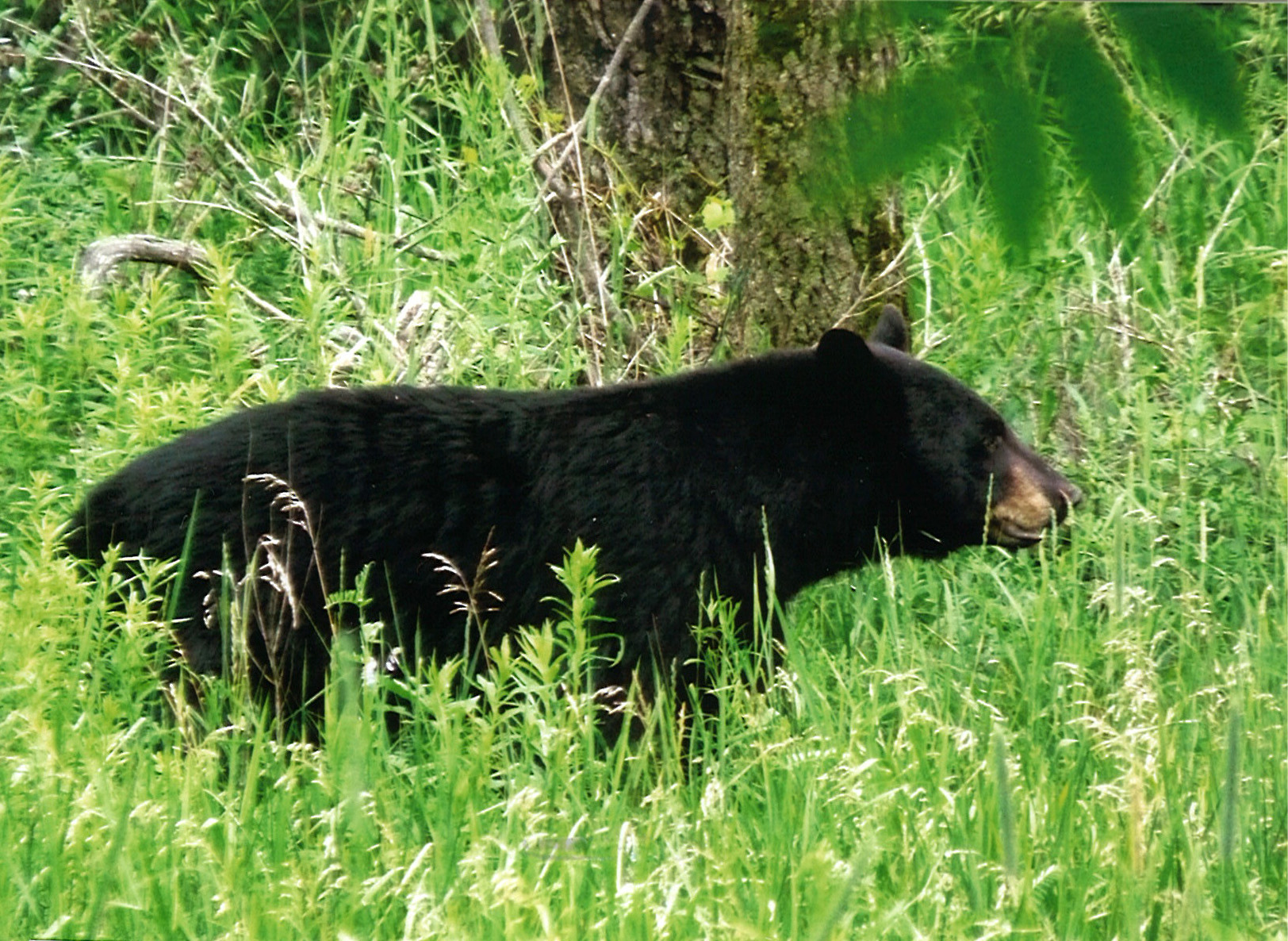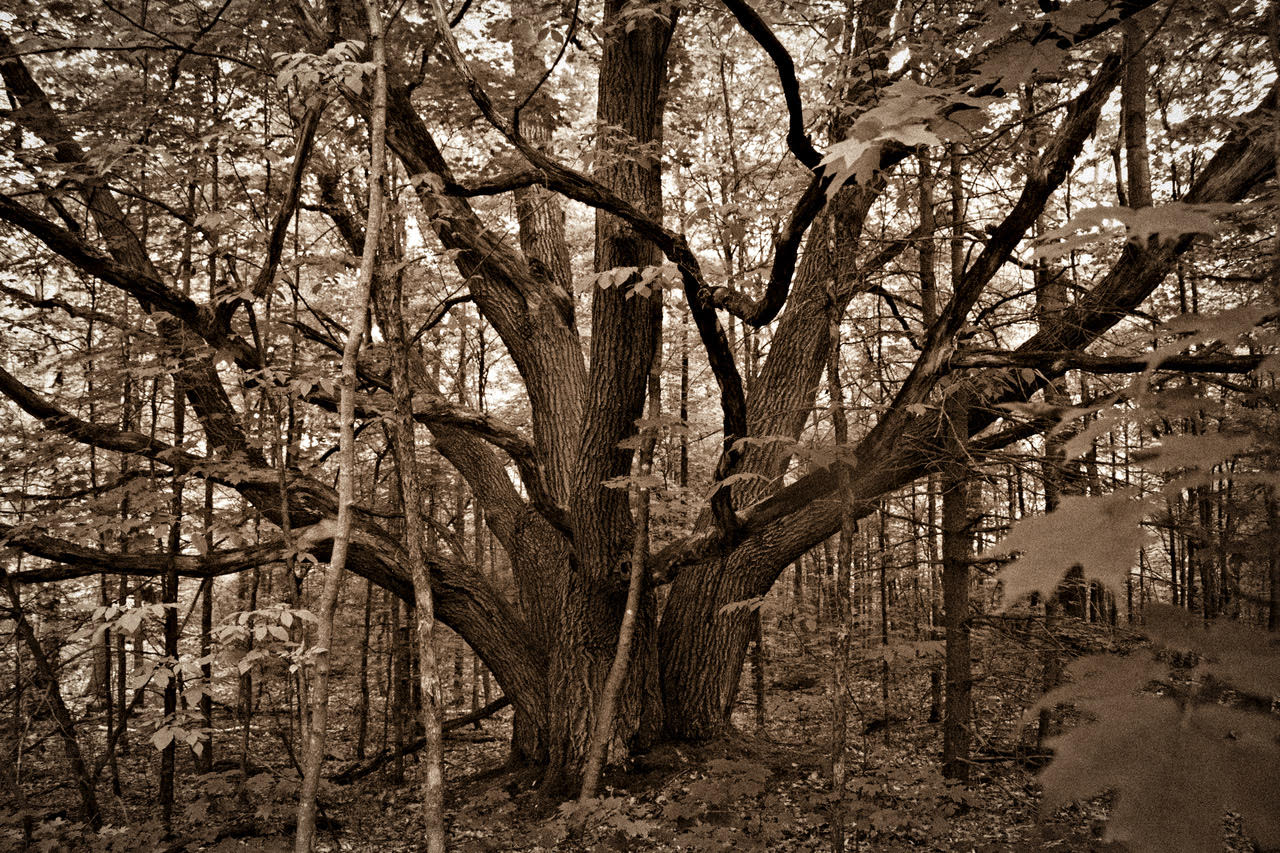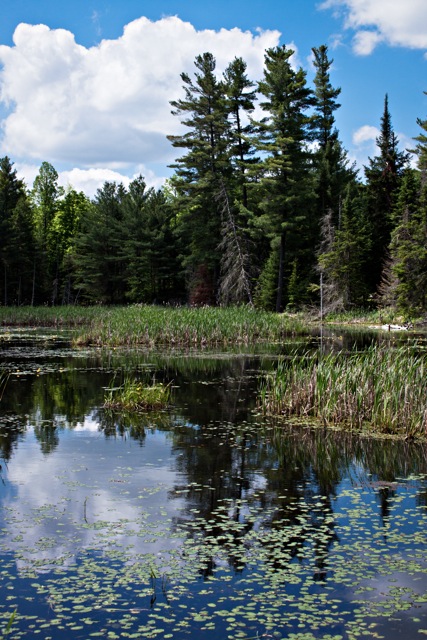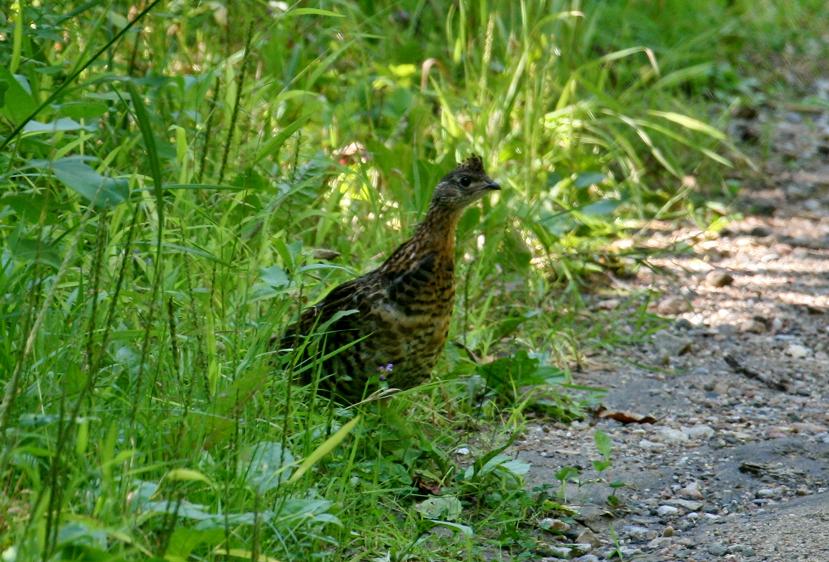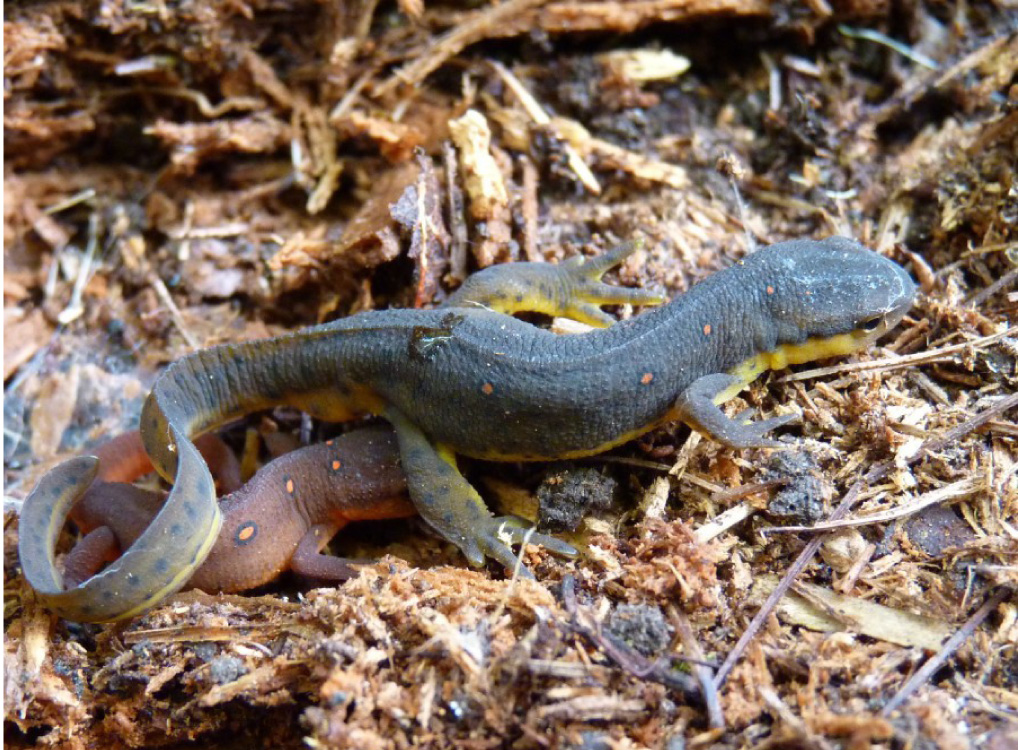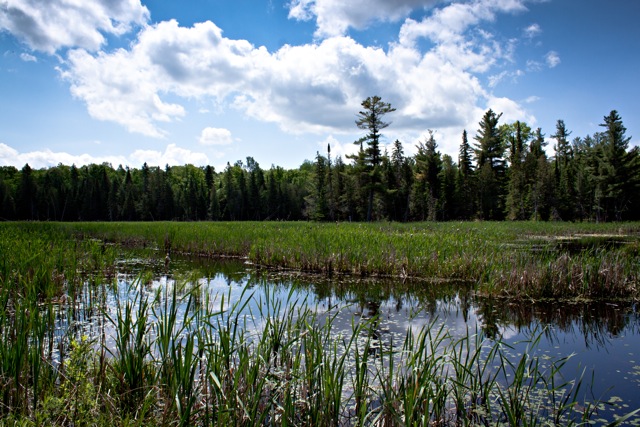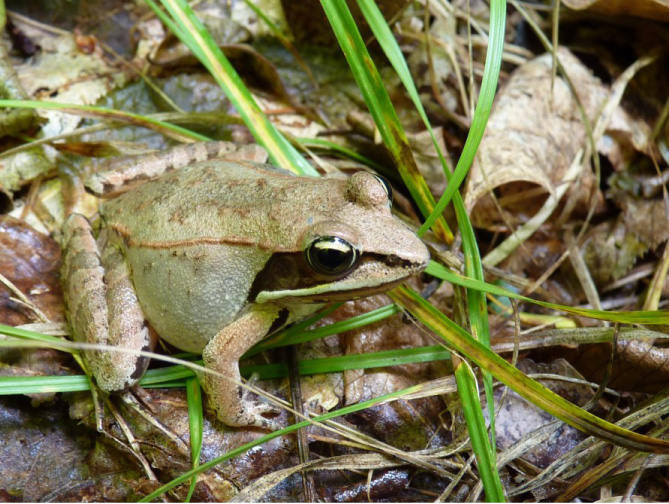Site Details
Total area: 200 acres
Address: 867 Carbine Road, Pakenham, ON
Parking: Parking is available both at the end of Carbine Road (just outside the gate) and on the grass along the cedar rail fence (past the gate).
Total Length of Trails: 8 km of marked trails
Terrain/Accessibility: The terrain is flat and hilly, with 14 meters of elevation change. It is suitable for hiking, snowshoeing and cross-country skiing.
Dogs: Permitted. Must be kept on a leash and pet waste picked up and removed.
iNaturalist: MMLT encourages you to submit your plant and wildlife observations at High Lonesome to iNaturalist
History
High Lonesome Nature Reserve was first settled 1884, by William and Mary McWatty and their family. They cleared 50 acres and bought four cattle, four sheep, two horses and one hog. Half an acre was set aside for a garden and orchard.
The property was farmed or logged until 1997 when it was purchased by the late Barry (Sam) Spicer who used it purely for recreation and nature enjoyment. It was Sam’s wish that the property be protected as a Nature Reserve and when he died suddenly in 2010, his brother Ken made sure his wish was fulfilled by donating the property to the MMLT to be preserved in perpetuity. Ken had developed and cared for a network of trails through the forests, over the hills and streams, by the ponds and through the meadows and documented many of the natural riches found there.
Nature Highlights
At least seven species at risk have been observed at High Lonesome Nature Reserve. Two meadows at the front of the property have become habitat for butterflies, dragonflies, and damselflies as well as a variety of birds. These meadows are being allowed to regenerate naturally over time. Beaver ponds make up about 10% of the property and are home to turtles, beavers, wetland plants, and other species. The nature reserve is about 85% mixed broadleaf and coniferous forests, with Oak, Maple and Pine being dominant, with most other species represented. The forested area is young to medium forest, with most trees between 50 and 100 years old. The regenerating forest provides a rich habitat for a variety of wildlife. MMLT received two grants to help restore the woodlands at High Lonesome. All plantings were done without the use of herbicides.
On a sunny October day in 2013, 90 enthusiastic volunteers planted over 1,000 native acorns on High Lonesome property. Thanks to Ted Mosquin who provided background on the importance and characteristics of Oak and acorns, as well as planting instructions. Later that fall, a second group of volunteers planted healthy seedlings of 450 Tamarack and 50 each of Sugar Maple, Red Oak, Nannyberry, and High Bush Cranberry — all native to the region.
In early 2014, an additional 3,000 native tree seedlings (white pine, white spruce, white birch, sugar maple, pussy willow, and burr oak) were planted with support from Rideau Valley Conservation Authority and MMLT volunteers. In addition to this, the Rideau Valley Conservation Authority provided 30 Butternut seedlings under their Butternut Recovery Program.
In fall 2022, MMLT formed a partnership with the Upper Canada District School Board to oversee the completion of a nature project at High Lonesome Nature Reserve. This project was undertaken by a class of enthusiastic grade 4/5 students at Pakenham Public School, who designed and prepared plaques — placed along a 2.2 km stretch of Beaver Pond Trail — to showcase the nature highlights of the property. This is MMLT’s first self-guided interpretative trail! Through these plaques, visitors of all ages can discover interesting facts about bear safety, beaver diet, glaciers, and so much more. To learn more about the project, please click here.

